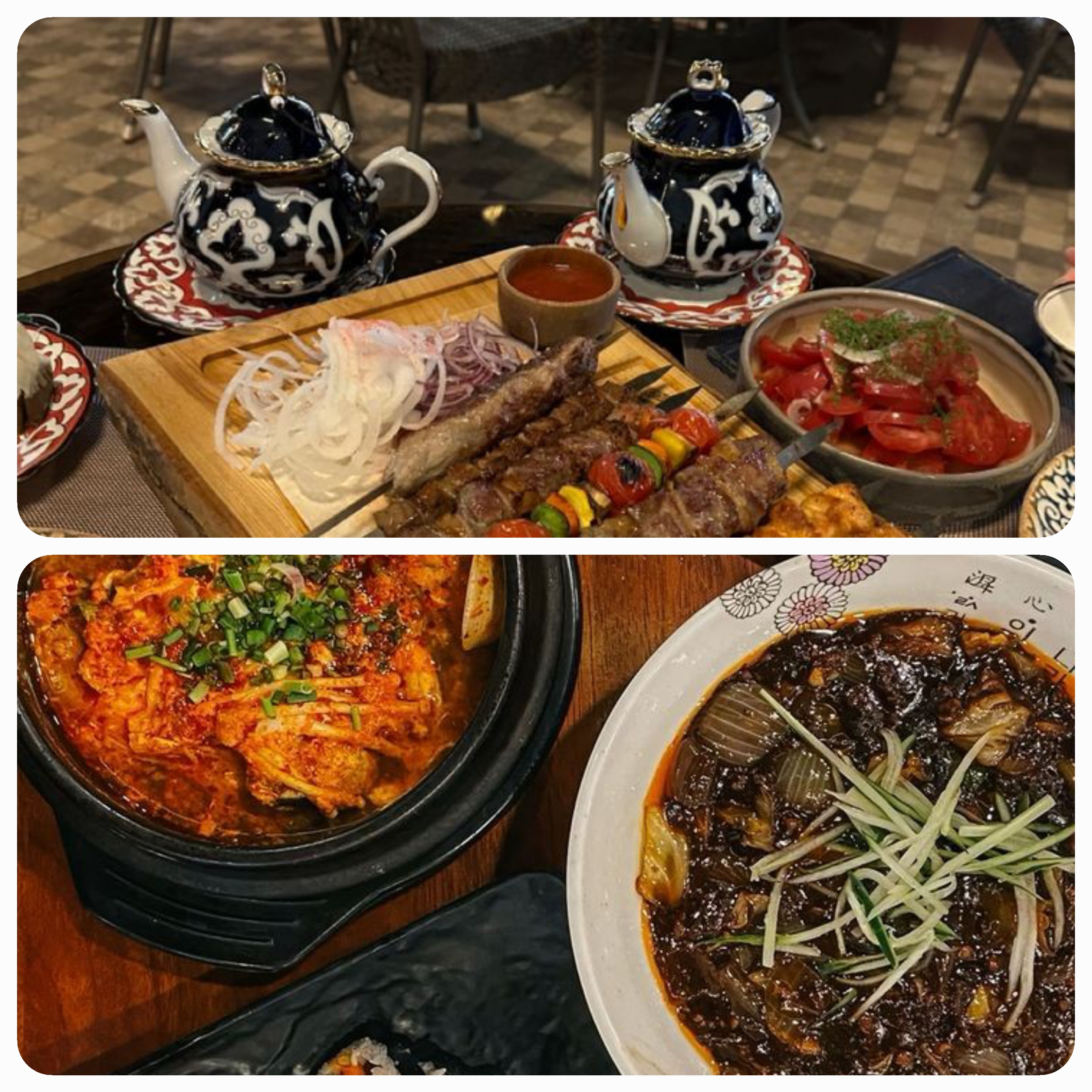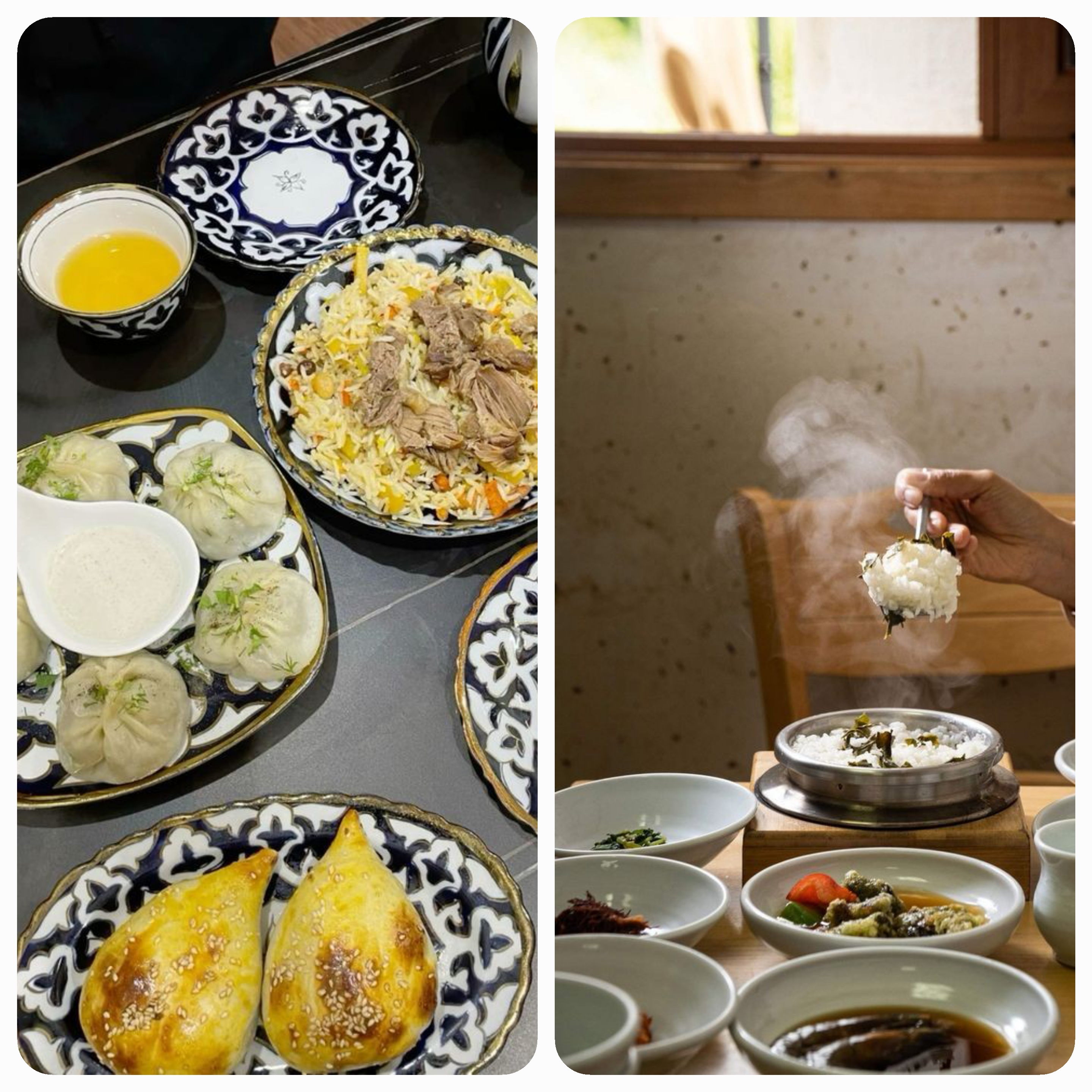페이지 정보
본문

What decides our taste?

Recorded by Shakhnoza
31.10.2024
Script
Good day, everyone! Today, let’s explore how cultural differences shape tastes and preferences in Korea and Uzbekistan. Though these countries are far apart geographically, both have rich traditions that influence their unique identities. In Korea, tastes are heavily influenced by traditional values that emphasize balance, seasonality, and community. You might know that Korean cuisine is famous for its bold, spicy flavors—think of kimchi, gochujang, and jjigae. These dishes not only taste great but reflect a deep-rooted philosophy of health and balance. In fact, meals in Korea are often served with multiple small side dishes, called *banchan*, which create variety and make meals a shared experience. Family ties and a collective culture are reflected in how food is eaten and in Korea’s fast-evolving taste for global trends, especially in K-pop and fashion. In contrast, Uzbekistan's tastes are influenced by its history on the Silk Road, where the blending of Persian, Turkic, and Central Asian flavors has created a distinctive cuisine. Uzbek food is hearty, with staples like *plov*, *shashlik*, and rich dairy products like yogurt. Meals are deeply social experiences here, too, and hospitality is incredibly important. Large dishes, often served on communal platters, show how Uzbeks value family and community just as much as Koreans, although Uzbekistan has held more tightly to its culinary roots. Media also plays a big role in shaping tastes. In Korea, the influence of K-dramas, music, and social media has been powerful, not only domestically but worldwide. Social media spreads trends rapidly, making the country’s tastes adaptable and fashion-forward. Uzbekistan, on the other hand, has a more regional media presence and remains deeply tied to traditional customs, though younger generations are beginning to explore global trends, too. Globalization has affected both countries, though at different paces. Korea is highly integrated with Western influences, and you’ll find everything from burgers to international fashion brands. Meanwhile, Uzbekistan has taken on some foreign elements, particularly from Russia and Central Asia, but traditional tastes still dominate everyday life. For example, while younger Uzbeks are open to new trends, the country is still slower to adopt fast food and Western fashion on a large scale. In conclusion, while Korea’s tastes are becoming increasingly diverse due to media and rapid globalization, Uzbekistan’s tastes remain deeply rooted in tradition. Both countries show us that tastes aren’t just about food, fashion, or music—they reflect cultural values, family bonds, and the pace of change. And it’s these differences that make each culture’s tastes uniquely rich and fascinating. Thank you!
첨부파일
-
What decides our taste.m4a (3.2M)
0회 다운로드 | DATE : 2024-10-31 16:49:47
